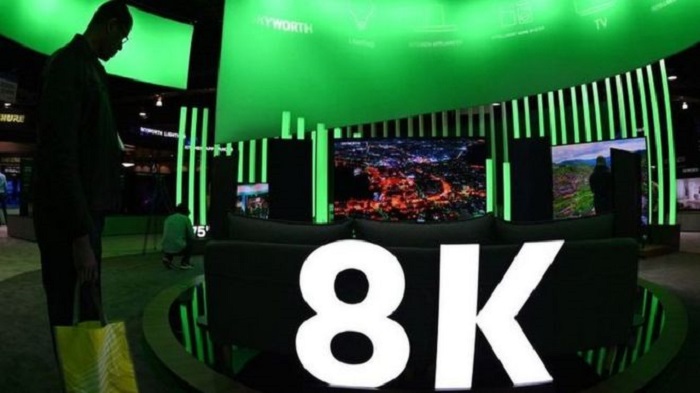Fraunhofer HHI has officially released the H.266, or Versatile Video Coding (VVC), standard, which offers improved compression up to a rate of 50 percent over H.265 (HEVC). This high quality video format could save consumers, broadband costs while delivering faster streaming of content for providers such as Netflix, Foxtel, and Binge, it also opens the door for 8K streaming by TV networks.
For example, if H.265 required 10 gigabytes of data to transmit a 90-min UHD video, H.266 would require just five gigabytes to beam the video over for your enjoyment.

It said Apple, Microsoft, Qualcomm, Ericsson, Intel and Huawei were among those that had worked on its development. It hopes that in time, smartphones and other cameras will be able to automatically record and playback footage in the format. However, new chips will need to be developed before they can do so.
Institute’s video coding systems group head Benjamin Bross says, “After dedicating almost three years toward this standard, we are proud to have been instrumental in developing H.266/VVC.Because of the quantum leap in coding efficiency offered by H.266/VVC, the use of video will increase further worldwide. Moreover, the increased versatility of H.266/VVC makes its use more attractive for a broader range of applications related to the transmission and storage of video.”
In the interim, recordings will need to be re-encoded to take advantage of the extra compression made possible. Playback will probably require a fast processor because today’s hardware was not designed with the codec in mind.

